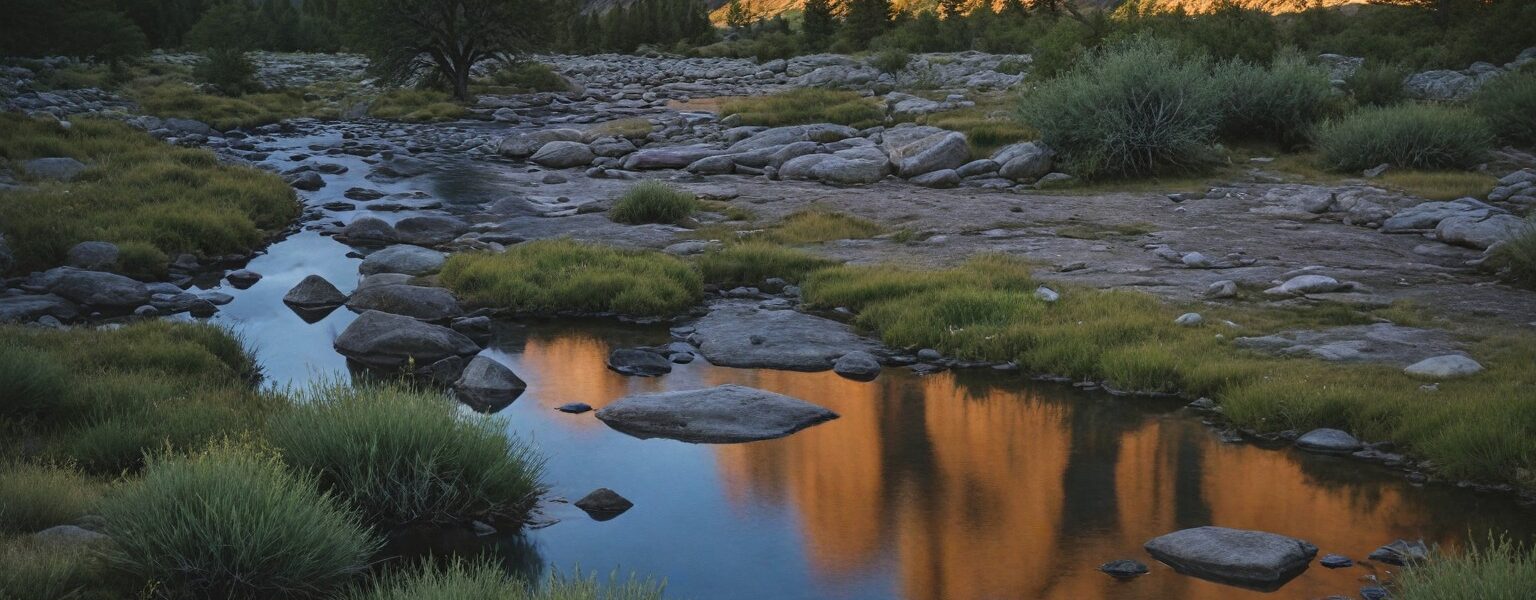National parks are designated areas that are preserved for the protection of natural environments, wildlife, and unique landscapes. They offer a space for the public to connect with nature, learn about conservation, and experience outdoor activities. But more than just beautiful spots to visit, national parks play a vital role in maintaining the ecological balance of our planet.
Importance of National Parks
National parks provide a sanctuary for species that might otherwise be threatened by urbanization, deforestation, or climate change. They also serve as areas for scientific research, cultural preservation, and education, promoting awareness about the importance of protecting our environment for future generations.
History of National Parks
Origins of the Concept
The idea of national parks dates back to the mid-19th century, when the growing realization of the need to protect natural spaces led to the establishment of the world’s first national park, Yellowstone, in 1872 in the United States.
Notable Milestones in National Park History
Since the creation of Yellowstone, the concept of national parks has spread globally. Countries around the world have followed suit, with the establishment of parks in Africa, Asia, Europe, and beyond, all aimed at conserving nature and providing spaces for people to appreciate the outdoors.
Why National Parks Matter
Conservation of Nature
National parks are crucial for conserving natural habitats and ecosystems. They protect endangered species, preserve biodiversity, and maintain landscapes that are essential to ecological balance.
Cultural Heritage Preservation
Many national parks are home to indigenous communities and have historical significance. These parks help protect not just natural but also cultural treasures that are an essential part of human history.
Educational Value
National parks serve as outdoor classrooms where people of all ages can learn about ecology, geology, and the importance of protecting the environment. They provide unique learning opportunities that inspire environmental stewardship.
The Most Famous National Parks in the World
Yellowstone National Park
The first and most famous national park in the world, Yellowstone, is renowned for its geothermal features, including the iconic Old Faithful geyser, and a rich diversity of wildlife such as grizzly bears, wolves, and elk.
Yosemite National Park
Yosemite in California is known for its breathtaking granite cliffs, waterfalls, and giant sequoia trees. It’s a popular destination for climbers, hikers, and photographers from around the globe.
Serengeti National Park
Located in Tanzania, Serengeti is famous for its annual wildebeest migration. It’s one of the most iconic wildlife destinations in the world, offering visitors a chance to see lions, elephants, and many other species in their natural habitat.
National Parks in the United States
Popular U.S. National Parks
Some of the most well-known national parks in the U.S. include the Grand Canyon, Glacier National Park, and Zion. These parks attract millions of visitors each year who come to witness the majesty of the American wilderness.
How to Explore U.S. National Parks
Many U.S. parks offer a variety of activities, from hiking and camping to ranger-led programs. It’s important to plan ahead, especially during peak seasons, to ensure a great experience while also minimizing your impact on the environment.
National Parks in Africa
A Glimpse into Africa’s Wild National Parks
Africa is home to some of the most extraordinary national parks, offering vast landscapes filled with incredible wildlife. From the savannas of the Serengeti to the deserts of Namibia, Africa’s national parks offer a unique blend of adventure and conservation.
Best National Parks in Africa
Kruger National Park in South Africa and Masai Mara in Kenya are two of the most visited parks in Africa, offering safari experiences where visitors can see lions, leopards, and rhinos up close.
National Parks in Asia
The Wonders of Asia’s National Parks
Asia’s national parks are diverse, ranging from tropical rainforests to mountainous terrains. Each park offers a unique experience for visitors looking to explore natural beauty and wildlife.
Must-Visit National Parks in Asia
Some of the top parks in Asia include Chitwan National Park in Nepal, known for its rhinos and tigers, and Komodo National Park in Indonesia, home to the famous Komodo dragon.
Wildlife Conservation in National Parks
Role in Protecting Endangered Species
National parks play an essential role in protecting species that are on the brink of extinction. Many parks are home to breeding programs that help restore populations of animals like the giant panda, black rhino, and Bengal tiger.
National Parks as Biodiversity Hotspots
Many national parks are recognized as biodiversity hotspots, meaning they have a high concentration of different species. Protecting these areas ensures that diverse ecosystems can thrive and continue to support life on Earth.
Ecotourism and National Parks
What is Ecotourism?
Ecotourism refers to responsible travel to natural areas that conserves the environment and improves the well-being of local people. National parks are prime destinations for ecotourism, where travelers can experience nature sustainably.
How National Parks Promote Sustainable Tourism
By limiting the number of visitors, providing environmental education, and enforcing strict conservation laws, national parks ensure that tourism does not harm the environment, allowing for long-term sustainability.
Activities in National Parks
Hiking and Trekking
National parks offer some of the best hiking and trekking experiences, from leisurely walks through forest trails to challenging climbs up mountain peaks.
Camping and Stargazing
Camping is a popular way to experience national parks, allowing visitors to immerse themselves in nature. Many parks are also excellent for stargazing, offering clear skies free from light pollution.
Bird Watching and Wildlife Safaris
For those who enjoy wildlife, bird watching and safaris offer exciting opportunities to observe animals in their natural habitats. Many parks provide guided tours led by experts who can help you spot rare species.
Challenges Facing National Parks
Climate Change Impact
Climate change is affecting national parks worldwide, from rising temperatures to melting glaciers. These changes threaten the ecosystems that parks are meant to protect.
Overcrowding and Tourism Pressure
As national parks become more popular, overcrowding can lead to environmental degradation. Balancing tourism and conservation is a constant challenge for park authorities.
How to Be a Responsible Visitor
Leave No Trace Principles
Visitors should follow the “Leave No Trace” principles, which include packing out all trash, staying on designated trails, and respecting wildlife to minimize their impact on the environment.
Respect Wildlife and Habitats
It’s essential to remember that national parks are homes to wildlife. Keep a safe distance, do not feed animals, and always follow park rules to protect both the animals and yourself.
The Future of National Parks
The Need for More National Parks
As the human population grows and urbanization expands, the need for more protected areas becomes increasingly important. Creating new national parks can help preserve additional ecosystems and biodiversity.
The Role of Technology in Conservation
Technology is playing an expanding role in conservation efforts. From drones that monitor wildlife to apps that help manage park visitors, innovations are helping national parks better protect their resources.
How National Parks Support Local Communities
Economic Benefits of National Parks
National parks often generate income for local communities through tourism. Many parks employ locals and support businesses like lodges, restaurants, and tour companies.
Community Involvement in Park Management
Some national parks involve local communities in their management, ensuring that conservation efforts benefit everyone. By integrating community knowledge, parks can create sustainable management practices.




